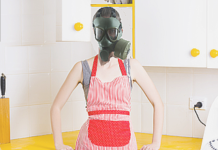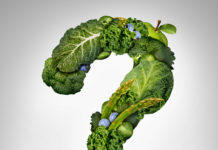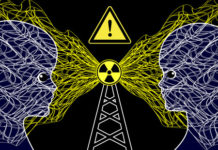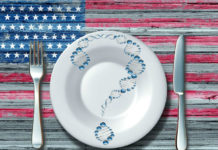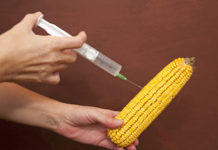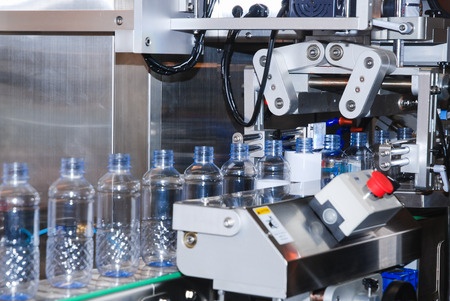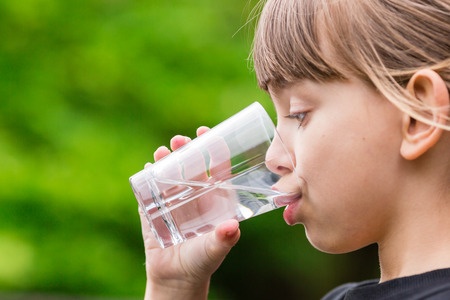 The multinational corporations that sell bottled water today, such as Big Cola, only enter markets that are growing and profitable. With consumption of bottled water in the U.S. more than doubling every ten years, bottled water is the now overtaking soft drinks in annual sales, with billions of gallons of bottled water sold every year. That makes bottled water a multi-billion dollar business that is now more profitable than their soft drinks!
The multinational corporations that sell bottled water today, such as Big Cola, only enter markets that are growing and profitable. With consumption of bottled water in the U.S. more than doubling every ten years, bottled water is the now overtaking soft drinks in annual sales, with billions of gallons of bottled water sold every year. That makes bottled water a multi-billion dollar business that is now more profitable than their soft drinks!
Yet, like many of the things that these mega-companies do, the water they give us may really be worse than tap water! In fact, it’s often nothing but filtered tap water anyway. In fact, some studies have shown bottled water is actually worse than tap water, especially when it’s bottled in distant countries without sufficient health controls. Sometimes your water travels thousands of miles before you get it. So you’d probably be much better off just buying your own water filter for your faucet!

- 25% of bottled water is nothing more than filtered city water.
- 22% of tested in a study contained contaminants above state limits.
- Reverse osmosis used to “purify” some water actually removes everything out of the water — the bad and the good. When healthy minerals are removed the water can be acidic and actually is bad for your health.
- The pH level of this water is below optimum levels or even acidic!
- The FDA tests bottled water for impurities but is not required to monitor the water’s pH level.
- Neutral water has a pH balance of 7 and an ideal pH level for drinking water 9.5.
- Dr. Robert Young tested 60 of the best-known water brands and only two had a pH level at or above 9.5, and 30 (including best-known brands such as Fiji, Aquafina, and Perrier) had a pH level below 7.0, meaning they actually are acidic.
- The age of the water affects its pH level, as do changes in temperature and exposure to oxygen
- Plastic bottles harm the environment and can leach toxins into the water.
- Most plastic water bottles are not recycled. The vast majority (80%) ends up in landfills.
- Distribution of bottled water burns fossil fuels and results in the release of thousands of tons of emissions.
- The filtration and processing of bottled water consumes large amounts of electricity.
- The plastic used to make water bottles — polyethylene terephthalate (PET) — is derived from oil and generates 100 times the amount of toxic emissions as glass.
- Bottled water sometimes travels thousands of miles to get to you, wasting fossil fuels for everything from manufacturing to transportation.
- Some small countries that rely on water for their incomes are being raped and decimated by the bottling companies they’ve become so dependent on.
Based largely on “The pH Miracle for Weight Loss” by Dr. Robert O. Young, Grand Central Publishing, NY, 2005





